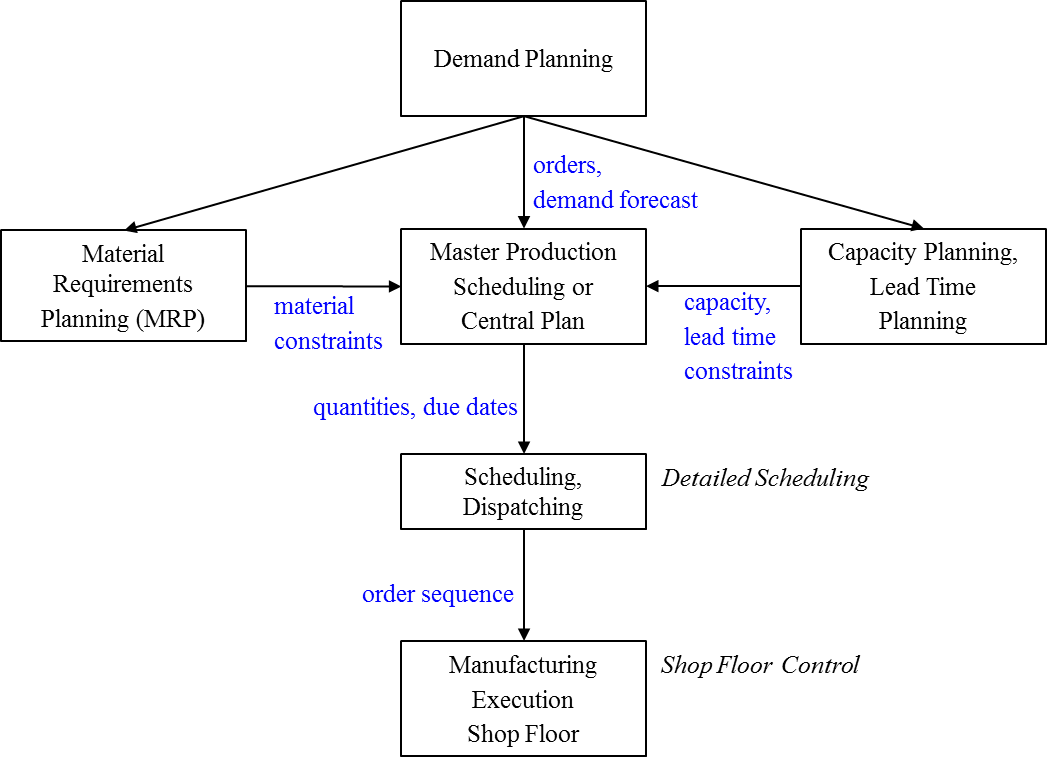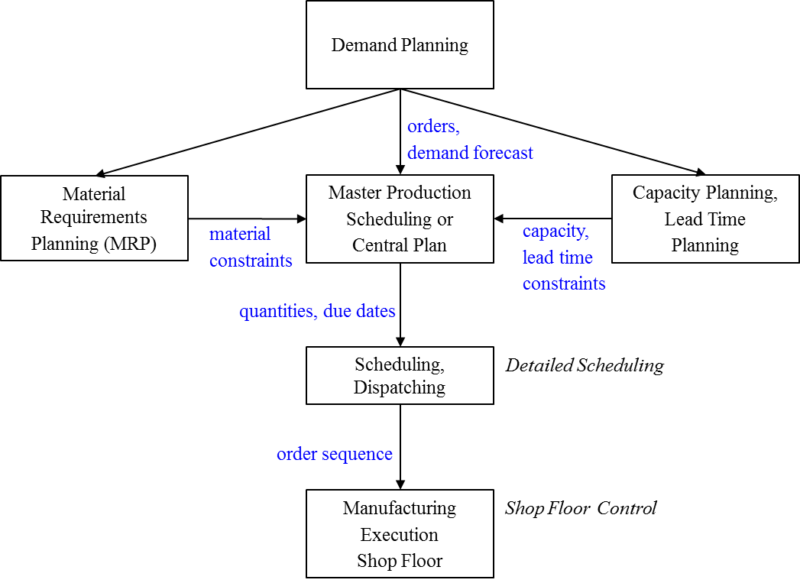In a place and time far-far away, before spreadsheets, laptops, even color display units – where typewriters were common and “clouding computing and virtual machines” were the norm (called mainframes and time share with MVS and VM) – I was apprenticed to learn the ways of the force – for agents of change. One critical lesson was to “Ask and Re-Ask,” what is the purpose of the model (Or the application that contains the model) ? Joe Isole, then an IBM director, explained: organizations are an ongoing stream of interconnected decisions each requiring data and analysis that wait for no one. When you build “the application” people will have a tendency to read into it “what they need” as opposed to what the application does.
Reframing this in a more academic tone, Herbert Simon (1957) observes, “As humans, we have ‘bounded rationality’ and break complex systems into small manageable pieces.” To adjust for bounded rationality and interactions between system elements, Galbraith (1973) suggests the use of “slack” (for example excess inventory) to reduce information load in managing interconnected operations. Galbraith (1973) refers to this cost as slack; in the absence of information and decision support, organizations rely on slack (for example excess inventory).
As organizations progress along their journey and computational capabilities enable us to model more complex interactions (a topic for another time), I continue to find the following figure and table helpful as Arkieva works with clients in diverse industries along their journey to ever more intelligent and responsive demand supply networks. The figure from Dr. Horst Zisgen, IBM, captures the more classical planning and scheduling hierarchy. The table (Kempf-Sullivan Decision Grid) captures more of the dynamic interaction between decision entities, including the concept of “guidance” which has come up in recent discussions with Arkieva customers.

These are just some of my thoughts, what do you think about this topic? Leave your comments below.
Like this blog? Please share with colleagues and also follow us on LinkedIn or Twitter and we will send you notifications on all future blogs.







